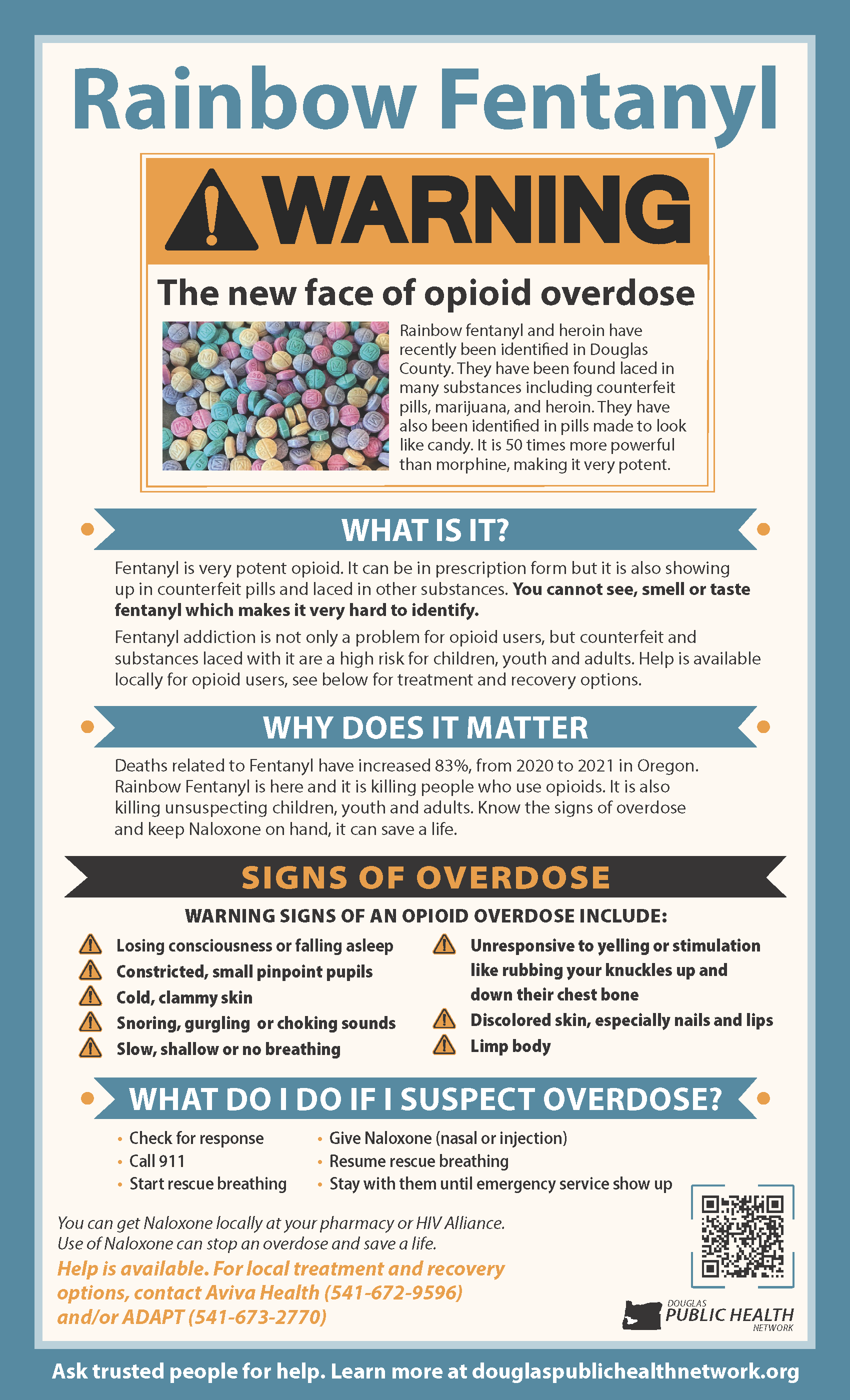Identifying Counterfeit Fragrance: Understanding the Warning Signs and Prevention Tactics
Is your favorite signature scent authentic? In the world of fragrances, counterfeits are far more prevalent than you may guess. Fake fragrances don’t just disappoint you with their diluted scent; they can pose serious health risks too. In this blog post, we’re going to clear the air about picking out genuine fragrances from the counterfeit ones.
A Dark Cloud in the Fragrance Industry
Duplicitous manufacturers are flooding the fragrance market with counterfeit perfumes. How can you distinguish the genuine from the fake? Discover the telltale signs of counterfeit fragrances and learn how to avoid them.
This post will guide you through the often-misunderstood realm of fragrance authenticity, helping you better navigate your next perfume purchase. From understanding the difference between ‘smell-alikes’ and outright fakes, to recognizing dubious sellers and deceptive packaging – we’ll cover it all.
Breathe Easy with Prevention Tactics
Beyond discerning real from counterfeit, we’ll also share effective tactics to prevent falling prey to fragrance fakery in the first place. This knowledge will help you protect not just your wallet, but also your skin from potentially harmful substances typically found in counterfeit versions.
Stay on top of your scent game by learning about the dark underbelly of the fragrance industry. Prepare to become a more informed, savvy consumer of perfumes.
Remember, a counterfeit fragrance is never a good bargain. Let’s help you sniff out the pretenders so that you’ll always be surrounded by nothing but the wondrous, genuine fragrances you adore.
Origins of Counterfeit Fragrances
The perfume industry, observed as a symbol of luxury and sophistication, has long been besieged by counterfeit products. The history of counterfeit fragrances traces back to the 19th century when perfume became a commercial product and reached out to a large segment of the population.
Popularity and Rise of Counterfeit Fragrances
The exponential growth of the perfume industry in the 20th century made it an attractive target for counterfeiters, leading to an upsurge in counterfeit fragrances. The abundance of ersatz perfumes rose when manufacturing processes improved and enabled the mass production of perfumes.
As the technology advanced, so did the tactics of counterfeit perfumers, who started to imitate not just the scents but also the packaging and branding of authentic fragrances.
Identifying Counterfeit Fragrances
There are several indicators that a perfume might not be the real deal.
Price is often a red flag. Genuine fragrances carry a significant price tag due to the costly essentials oils and complex production processes involved. If a deal seems too good to be true, it probably is.
The packaging can lend important clues. Counterfeit products often have low-quality packaging or typographical errors on the label.
The scent itself can be a reliable indicator. Fake perfumes may initially smell similar to the genuine ones but their scent fades quickly, in contrast with genuine luxury perfumes whose scent lingers for a considerable time.
Historical Examples of Counterfeit Perfumes
One notable case of counterfeit perfume production was that of RGA Distributors in 1996. This company produced counterfeit versions of more than 30 branded fragrances, misleading thousands of consumers.
Steering Clear of Counterfeit Fragrances
Protecting oneself from counterfeit fragrances involves awareness and careful purchasing decisions. Buy from reputable retailers, be wary of significant discounts, and do not be afraid to question the origin of the product.
Lastly, when purchasing online, adhere to the old adage: When in doubt, do not click ‘checkout’. The rise of online shopping has simplified the process of purchasing our favorite perfumes but it also has simplified the path for counterfeiters to reach potential victims. So, always check product reviews and retailer ratings before making a purchase.
The Importance of Recognizing Counterfeit Fragrances
The Art of Identifying Fake Perfumes is a skill that is necessary for ensuring the quality and safety of the products you use. Knowing how to spot a counterfeit creates a foolproof way to get your money’s worth, avoid potential adverse reactions and protect your identity from scams.
Brief Overview of the Signs of Counterfeit Fragrances
Below are significant indicators to determine the authenticity of a perfume:
- Inconsistent Price: If the cost is significantly lower than the original.
- Different Packaging: Observe for slight deviations in tone, seller barcode or font size.
- Quality of the Bottle: Authentic fragrances use high-quality, symmetrical glass bottles.
- Scent: A sudden change or fast fading of the scent may be a sign of a fake.
- Packaging Errors: Spelling mistakes on the packaging are often a red flag.
Avoiding Counterfeit Perfume: Tips and Tricks
Protecting oneself from counterfeit fragrances is crucial as it can cause skin irritations due to unregulated ingredients. The following are helpful tips to ensure a safe perfume purchase:
- Purchasing from Reliable Vendors: Only buy from authenticated and legitimate retailers.
- Comparing Prices: If a perfume has a substantial price drop, it’s possible that it may be counterfeit.
- Examining Packaging: Scrutinize the product’s packaging. Keep an eye on the wrapping, barcodes, spelling and grammar.
- Verifying with Manufacturers: One can always confirm the legitimacy of a retailer by reaching out to the perfume’s original manufacturer.
- Trust Your Sense: Be familiar with your scent. The fragrance of original perfumes persist longer.
By knowing the signs of counterfeit fragrances and applying these tips, you can ensure that you’re purchasing genuine products. This knowledge allows you to be a smart and safe consumer in the world of fragrances.
Wrapping Up
Recognizing counterfeit fragrances is a necessary skill in navigating the world of perfumery. Key indicators of forgery include inconsistent packaging, low-quality ingredients, limited longevity, and abnormal pricing.
Sharp attention to detail is your vital tool when discerning between genuine and fake perfume. This includes being familiar with the brand, verifying the perfume’s details such as its packaging, examining the color of the fragrance, and recognizing the scent’s longevity and authenticity.
Preventive measures can also be beneficial in avoiding counterfeit fragrances. These steps include purchasing from reputable sources, avoiding suspiciously low prices, and trusting your instincts when a perfume does not look or smell right.
Next Steps
Going forward, always remember to thoroughly examine your fragrance before purchasing. Arm yourself with the knowledge you gained here. We hope these tips will save you from future disappointments and protect your investment in great scents. Stay informed, stay vigilant, and continue to enjoy the world of fragrances authentically.

